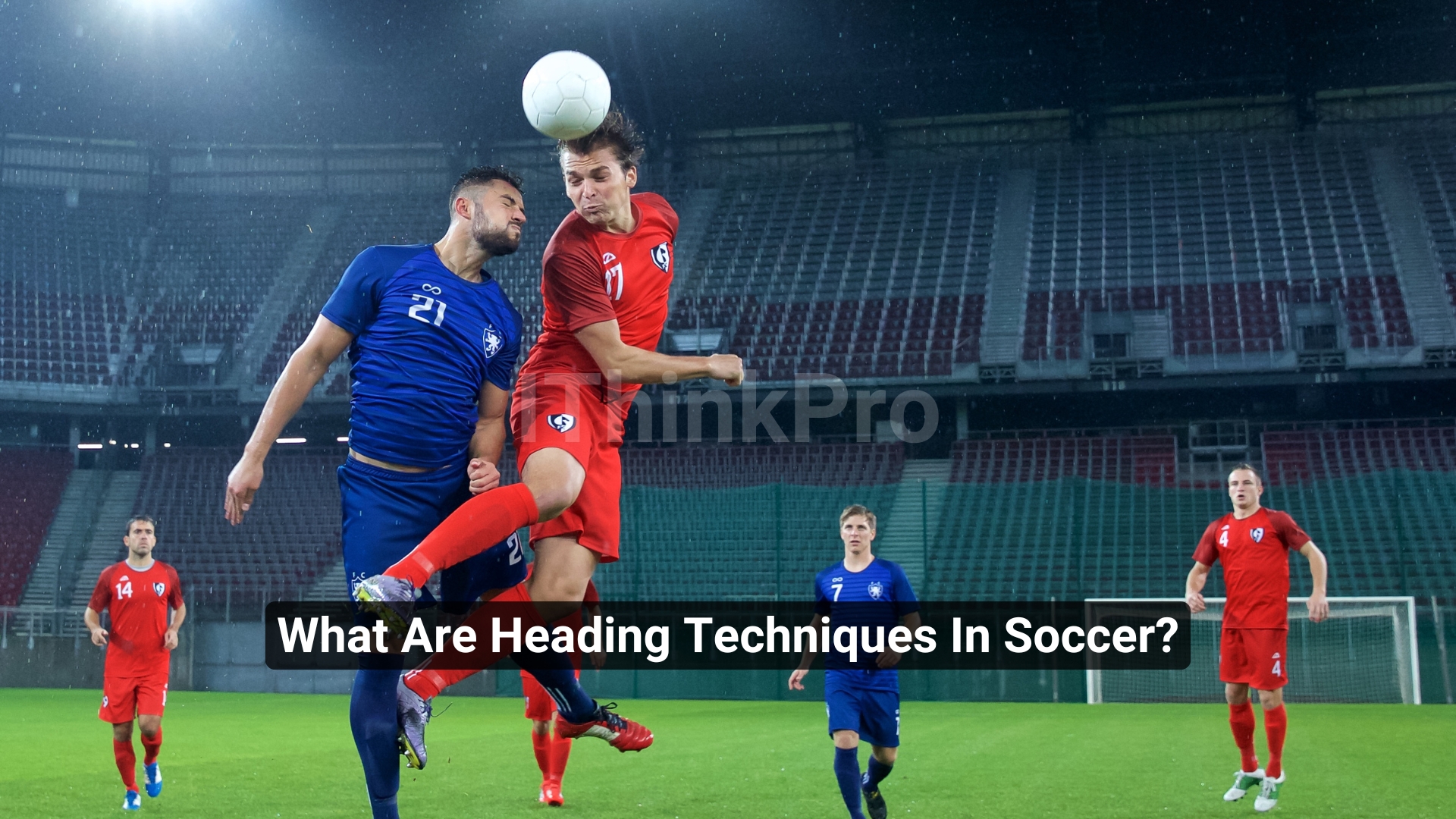Introduction
Hello Champ!
Understanding the rules of badminton can be challenging, especially when it comes to identifying faults during a match. Many players, both beginners and experienced, often struggle with knowing exactly when and why a fault is called, which can lead to confusion and frustration on the court.
Learning about faults in badminton is crucial for improving your game and avoiding penalties. By gaining a clear understanding of the different types of faults, you can play more confidently and strategically, ensuring you stay within the rules.
In this article, we will answer the question What is a fault in badminton? by breaking down the various types of faults, explaining their significance, and offering tips on how to avoid them. Keep reading to master the rules and enhance your badminton skills.
Definition of a Fault in Badminton
What is a Fault in Badminton?
A fault in badminton occurs when a player violates any of the established rules during a serve, rally, or when interacting with the shuttlecock or net. Faults can be made by either the server or the receiver, and they can occur at any point during the game. Understanding what constitutes a fault helps players avoid these mistakes, keeping the game fair and competitive.
General Rules Governing Faults
Badminton faults are governed by the official rules set by the Badminton World Federation (BWF). These rules ensure that the game is played fairly, with each player following the same standards. Faults can result from errors in serving, improper play during rallies, or violations involving the net. By familiarizing themselves with these rules, players can minimize mistakes and maintain a strong performance on the court.
Types of Faults in Badminton
Service Faults
Incorrect Service Position
One common service fault is an incorrect service position. The server must ensure that both feet are stationary and within the service court boundaries when delivering the service. If a player serves while standing outside the designated area or while moving their feet, it results in a fault.
Service Above Waist Height
Another critical service rule is that the shuttlecock must be struck below the server’s waist height. If the shuttle is hit above the waist, it is considered a fault. This rule ensures that the serve is delivered in a controlled manner, making it fair for both players.
Foot Faults During Service
Foot faults are another frequent cause of service faults. The server’s feet must remain within the service court boundaries and must not touch the lines until the shuttle is hit. Stepping on or outside the boundary line before serving results in a fault, giving the point to the opponent.
Faults During Play
Shuttlecock Lands Outside Boundaries
A common fault during play is when the shuttlecock lands outside the court’s boundaries. If a player hits the shuttlecock and it lands outside the designated playing area, it results in a fault, awarding the point to the opponent.
Shuttlecock Fails to Pass Over the Net
Another fault occurs if the shuttlecock fails to pass over the net. If a player’s shot does not clear the net, it is considered a fault, and the opponent scores a point. This rule emphasizes the importance of precision in shot placement.
Double Hits or Carrying the Shuttlecock
In badminton, players are not allowed to hit the shuttlecock twice in succession, nor can they carry or rest the shuttlecock on the racket before hitting it. If a player performs a double hit or carries the shuttle, it results in a fault, leading to a point for the opponent.
Net Faults
Touching the Net with Racket or Body
One of the most common net faults occurs when a player touches the net with their racket or any part of their body during play. Any contact with the net, whether accidental or intentional, is considered a fault, resulting in a point for the opponent.
Shuttlecock Touching the Net
While the shuttlecock can legally touch the net during a rally, it becomes a fault if it does not cross to the opponent’s side or if it touches the net during service without crossing it. This situation results in a point for the opponent, emphasizing the importance of precise shot execution.
Player Faults
Interfering with the Opponent’s Play
Interfering with the opponent’s play, such as obstructing their movement or vision, is considered a fault. This can include blocking the opponent’s view, making distracting movements, or otherwise hindering their ability to play the shuttlecock. Such actions result in a fault, giving the opponent the advantage.
Obstruction or Deliberate Distraction
Similar to interference, obstruction or deliberate distraction of the opponent is also considered a fault. This could involve shouting, gesturing, or any other action intended to disrupt the opponent’s focus during the game. Fair play is essential, and any attempt to distract or obstruct the opponent will result in a penalty.
Hitting the Shuttlecock Before It Crosses the Net
A player must wait for the shuttlecock to cross the net before hitting it. Striking the shuttlecock before it has crossed the net is considered a fault, as it disrupts the natural flow of the game and gives an unfair advantage.
How Faults Affect the Game
Impact of Faults on Scoring
Each fault directly impacts the game’s score. When a fault is committed, the opposing player is awarded a point. In some cases, such as in-service faults, the serve also changes hands, giving the opponent control of the game’s pace.
Penalties for Repeated Faults
Repeated faults can lead to more significant penalties, particularly if a player consistently commits the same type of fault. Umpires may issue warnings, and in severe cases, points or even matches can be forfeited. Understanding and avoiding faults is crucial for maintaining a strong position in the game.
Strategic Use of Fault Awareness in Competitive Play
Being aware of the rules governing faults can be used strategically in competitive play. By understanding the different types of faults, players can anticipate and capitalize on opponents’ mistakes. For example, knowing that an opponent struggles with foot faults during service can lead to a more aggressive return strategy.
Common Situations Leading to Faults
Mistakes in Serving
Serving is one of the most common areas where faults occur. Incorrect service positions, foot faults, or serving above the waist can easily lead to penalties. Players should focus on mastering proper serving techniques to avoid these errors.
Misjudgment in Shuttlecock Placement
Misjudging the shuttlecock’s placement often leads to faults, such as hitting it outside the court’s boundaries or failing to clear the net. Precision in shot placement is key to avoiding these common mistakes.
Errors in Net Play
Net play requires finesse and control. Errors, such as touching the net with the racket or body or hitting the shuttlecock before it crosses the net, are common faults in this area. Practicing net play can help reduce these errors and improve overall performance.
How to Avoid Faults in Badminton
Proper Technique in Serving
Mastering the correct serving technique is essential to avoid service faults. Players should focus on maintaining the correct stance, ensuring the shuttlecock is hit below the waist, and avoiding foot faults. Regular practice of serving drills can help instill these techniques.
Maintaining Correct Footwork
Proper footwork is crucial for avoiding faults, particularly during service and rallies. Players should practice keeping their feet within the boundaries during service and maintaining balance and control during rallies. Good footwork reduces the likelihood of stepping outside the court or committing a foot fault.
Awareness of Court Boundaries
Being aware of the court boundaries helps players avoid faults related to shuttlecock placement. Regular practice and drills that focus on shot precision can help players develop a better sense of the court’s limits, reducing the chances of hitting the shuttlecock out of bounds.
Practicing Net Play and Coordination
Net play requires a delicate touch and precise coordination. Players should practice drills that focus on hitting the shuttlecock just over the net without touching it. Developing these skills can help reduce net faults and improve overall game strategy.
Conclusion
In conclusion, understanding faults in badminton is crucial for enhancing your gameplay and avoiding unnecessary penalties. We’ve covered the definition and types of faults, including service faults, faults during play, net faults, and player faults. Each type of fault has its own rules and can significantly impact the outcome of a match. By mastering proper techniques, maintaining awareness of court boundaries, and practicing consistently, players can minimize faults and gain a competitive edge.
For more helpful information about badminton and other sports-related topics, explore our website. Dive deeper into strategies, tips, and guides to improve your skills and stay ahead in your favorite sport!
FAQs
Q1. What is considered a fault in badminton?
A fault in badminton occurs when a player violates the rules during service, play, or interaction with the shuttlecock or net. Common faults include improper serving, the shuttlecock landing outside boundaries, and touching the net.
Q2. Can you serve overhand in badminton?
No, overhand serves are not allowed in badminton. The shuttlecock must be struck below the server’s waist, and the racket head must be pointing downward to ensure a legal serve.
Q3. What happens if the shuttlecock touches the net during a serve?
The serve is considered valid if the shuttlecock touches the net during a serve and still lands in the correct service court. If it fails to cross the net or lands outside, it results in a fault.
Q4. Is it a fault if my racket crosses the net during play?
Yes, it is a fault if your racket crosses the net and interferes with your opponent’s play. However, you can follow through with your shot as long as you do not touch the net or interfere with your opponent.
Q5. How can I avoid committing faults in badminton?
To avoid faults, focus on proper serving techniques, maintain good footwork, be aware of court boundaries, and practice net play. Consistent practice and a strong understanding of the rules will help minimize errors.











